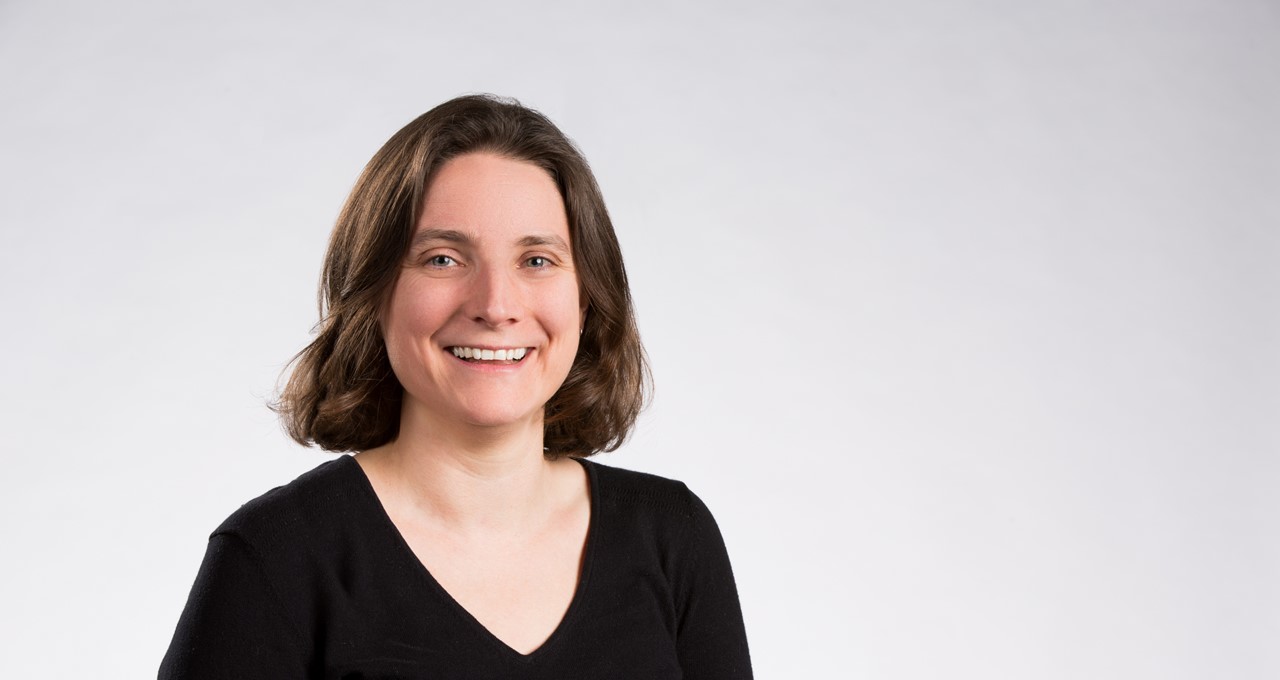Though admittedly prone to breaking kitchen appliances like ovens and microwaves, Julie Bernauer — senior solutions architect for machine learning and deep learning at NVIDIA — led the small team that successfully built Selene, the world’s fifth-fastest supercomputer.
Adding to an already impressive feat, Bernauer’s team brought up Selene as the world went into lockdown in early 2020. They used skeleton crews, social distancing protocols, and remote cable validation to achieve what typically takes months with a larger install team in a few weeks.
Bernauer told NVIDIA AI Podcast host Noah Kravitz about the goal in creating Selene, which was primarily to support NVIDIA’s researchers. Referencing her time as a doctoral student, Bernauer explains how researchers are often prevented from working on larger models due to expense and infrastructure.
With Selene, the infrastructure is modular and can be scaled up or down depending on what users require, and allows for different types of research to be performed simultaneously. Bernauer said that Selene is proving most useful to autonomous vehicle and language modeling research at the moment.
Going forward, Bernauer envisions some of the power and efficiency of systems like Selene becoming more available on widely accessible devices, such as laptops or edge products such as cars.
Key Points From This Episode:
- Selene’s unique, pandemic-safe installation is further explained in an NVIDIA blog detailing the specific efforts of Bernauer’s team and the lessons learned from past NVIDIA supercomputers such as SATURNV and Circe.
- Bernauer joined NVIDIA in 2015, after spending 15 years in academia. She obtained her Ph.D. in structural genomics from Université Paris-Sud, after which she studied with Nobel Prize winner Michael Levitt at Stanford.
Tweetables:
“[Selene] is an infrastructure that people can share, where we can do different types of research at a time” — Julie Bernauer [8:30]
“We did [Selene] for ourselves, but we also did it … to figure out how to make a product better by going through the experience” — Julie Bernauer [13:27]
You Might Also Like:
NVIDIA’s Marc Hamilton on Building the Cambridge-1 Supercomputer During a Pandemic
Marc Hamilton, vice president of solutions architecture and engineering at NVIDIA, speaks about overseeing the construction of the U.K.’s most powerful supercomputer, Cambridge-1. Built on the NVIDIA DGX SuperPOD architecture, the system will be used by AstraZeneca, GSK, Oxford Nanopore and more.
Hugging Face’s Sam Shleifer Talks Natural Language Processing
Hugging Face is more than just an adorable emoji — it’s a company that’s demystifying AI by transforming the latest developments in deep learning into usable code. Research engineer Sam Shleifer talks about the company’s NLP technology, which is used at over 1,000 companies.
NVIDIA’s Bryan Catanzaro on the Latest from NVIDIA Research
Bryan Catanzaro, vice president of applied deep learning research at NVIDIA, walks through some of the latest developments at NVIDIA research … as well as shares a story involving Andrew Ng and cats.
